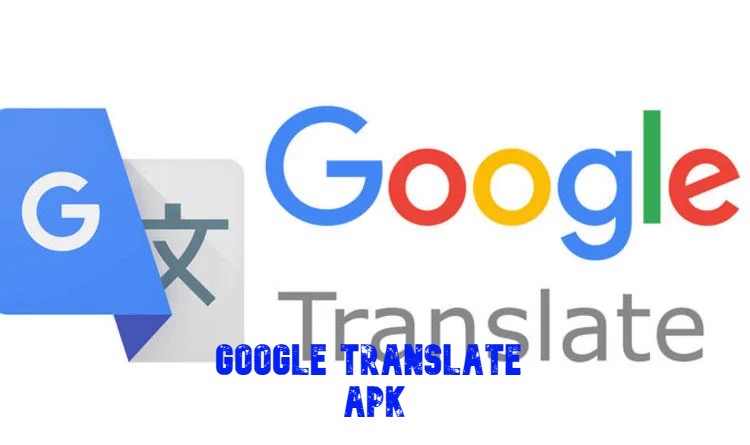Google Translate is a powerful tool that has revolutionized the way we communicate across languages. With over 100 languages to translate, it’s no wonder that millions of people around the world rely on Google Translate to get the job done. However, even with its impressive capabilities, Google Translate is not perfect and often produces errors that can lead to misunderstandings or miscommunications.
In this blog, we’ll delve into the common mistakes that Google Translate can make and provide you with practical tips and strategies to fix them. Whether you’re a translator, traveler, or business owner, this guide will help you improve the accuracy and effectiveness of your translations.
Common Mistakes in Google Translate
Word Order Errors
Google Translate often struggles with word order in languages that have different grammatical structures. For example, in English, the verb typically comes after the subject, while in Japanese, the verb comes after the object.
Fix: Be aware of the word order differences between languages and rephrase your sentences accordingly. Use online resources or consult with a native speaker to ensure accurate translation.
Idiomatic Expressions
Google Translate often fails to translate idiomatic expressions, which are common in everyday language. For instance, “break a leg” doesn’t translate to “break your leg” in English!
Fix: Understand the cultural context and nuances of idiomatic expressions. Use online resources or consult with a native speaker to ensure accurate translation.
Homophones
Google Translate can confuse homophones, which are words that sound the same but have different meanings. For example, “to”, “too”, and “two” are often confused.
Fix: Be aware of homophones and double-check your translations to ensure accuracy. Use online resources or consult with a native speaker to clarify any doubts.
Domain-Specific Terms
Google Translate may struggle with domain-specific terms, especially those related to technical or specialized fields.
Fix: Use online resources or consult with a native speaker who has expertise in the relevant field. Ensure that you understand the context and nuances of the terms before translating.
Puns and Humor
Google Translate often fails to translate puns and humor, which rely heavily on cultural context and wordplay.
Fix: Be aware of the cultural context and nuances of humor. Use online resources or consult with a native speaker to ensure accurate translation.
Tips for Improving Google Translate Accuracy
- Use the Right Language Pair
Ensure that you’re using the correct language pair for your translation. This can significantly impact the accuracy of your translations.
- Use Contextual Information
Provide contextual information to help Google Translate understand the context and nuances of your text. This can include cultural references, idiomatic expressions, and domain-specific terms.
- Use Online Resources
Consult online resources such as dictionaries, glossaries, and style guides to ensure accurate translation.
- Get Feedback from Native Speakers
Collaborate with native speakers or experts in the relevant field to get feedback on your translations. This can help identify errors and improve accuracy.
- Edit Your Translations
Always edit your translations carefully to ensure accuracy and consistency. Check for errors in grammar, punctuation, and spelling.
- Use Machine Translation Editing Tools
Utilize machine translation editing tools such as Google’s own editing tools or third-party software to help identify errors and improve accuracy.
- Learn from Your Mistakes
Don’t be afraid to make mistakes! Use them as an opportunity to learn and improve your translation skills.
Related Welcome to the Duolingo Language Lessons Blog
Conclusion
While Google Translate is a powerful tool, it’s not perfect and can produce errors that require attention. By understanding common mistakes and following practical tips and strategies, you can improve the accuracy and effectiveness of your translations. Whether you’re a translator, traveler, or business owner, this guide will help you navigate the complexities of language translation and communicate effectively across cultures.



